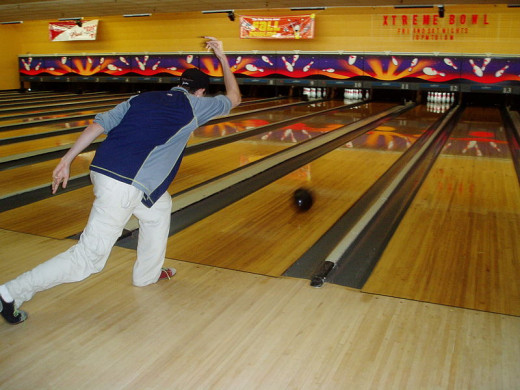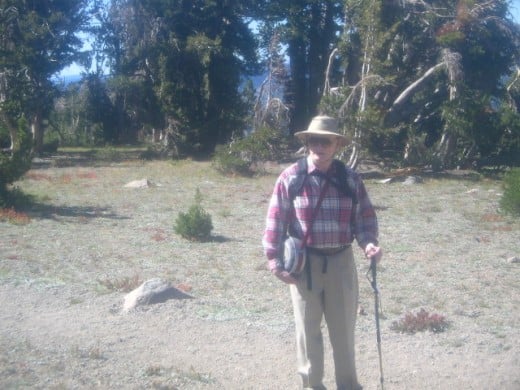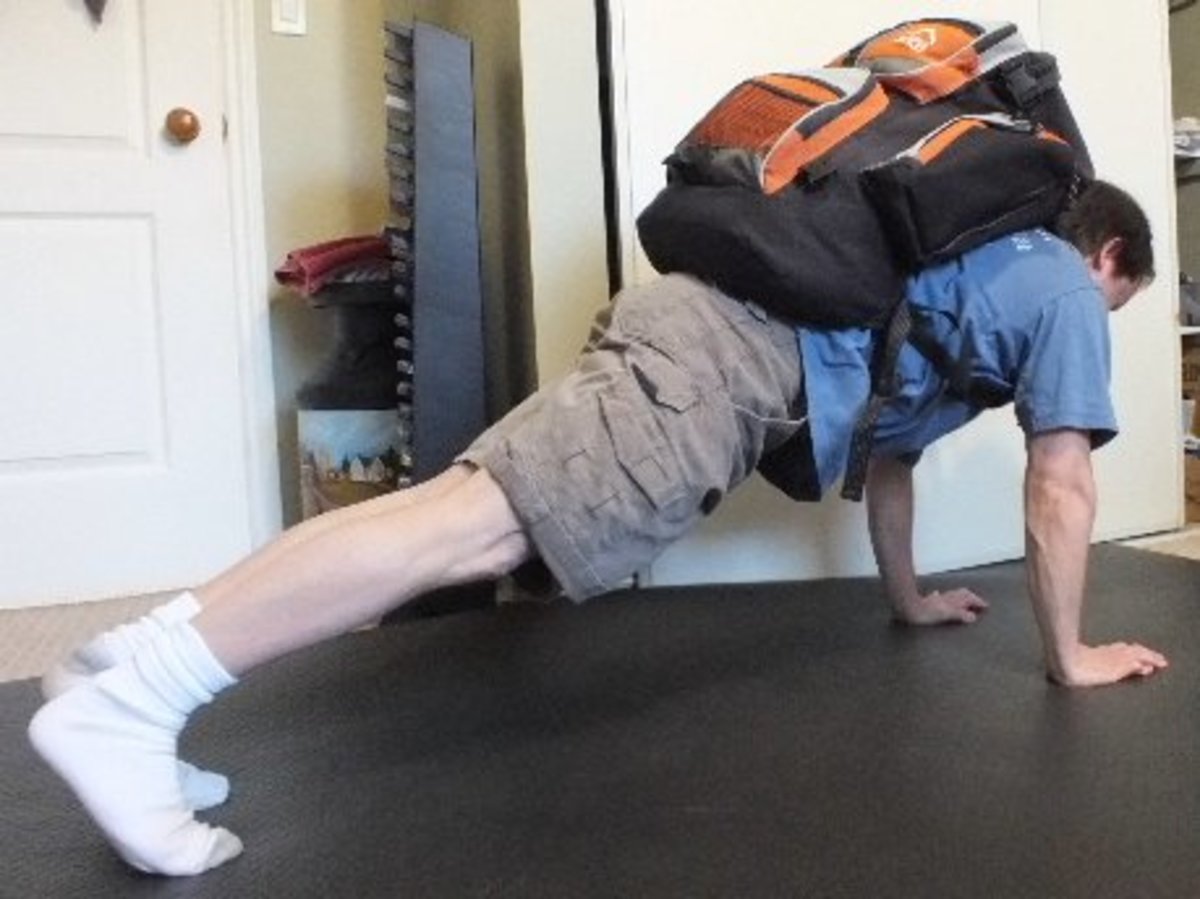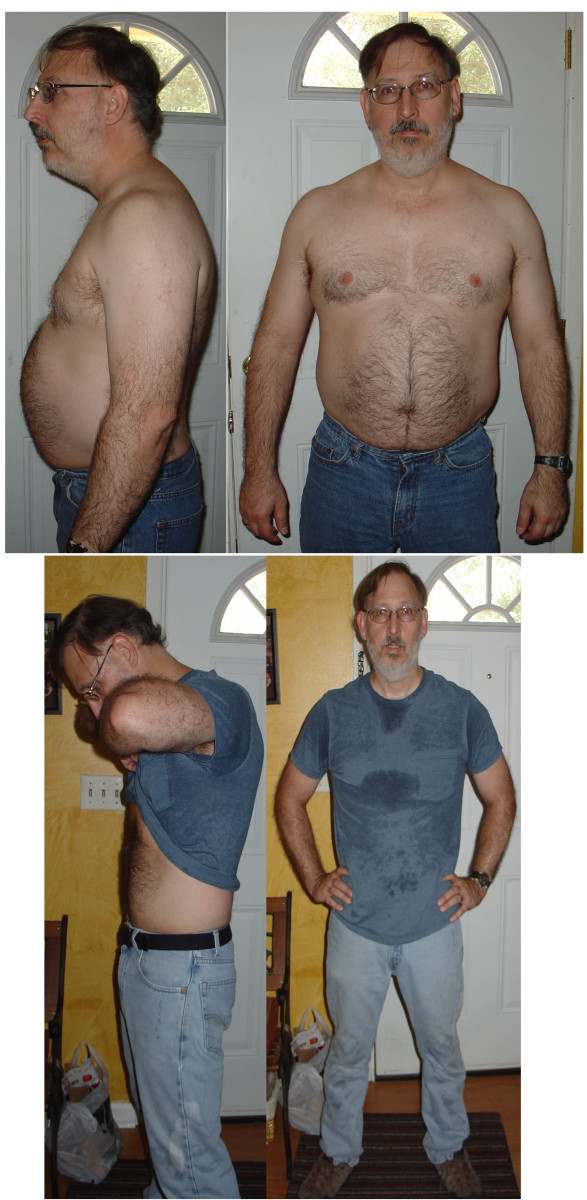Exercise for Wimps


Overview
This article is about the psychology of exercise. Regular exercise can promote your well-being. If you already have an exercise routine that works for you, great!
On the other hand, if you do not have a regular exercise routine, I encourage you to craft your own, one that feels right for you. However this hub is introductory; I want to save the nuts and bolts for later.
Some of the following points are common sense. But common sense is not always available when we need it the most. I do not claim to have the perfect workout for everyone. I don't even believe that such a silver bullet exists.
However I do think that walking is a good starting point for most people. A moderate amount of regular, low-impact aerobic exercise is better than no exercise at all.
Scientific studies have documented the psychological boosts from some exercise programs. Playing at fun sports should have a similar effect. But going for a brisk walk can give a bigger payoff for your investment of time, as compared with slow-paced sports, like softball and bowling.
Obviously, running for 20 hours a day, every day--leaving only 4 hours for eating, sleep, and all of the rest--is not going to lift your mood. Does anyone run for 20 hours straight? Surprisingly yes.
A local footrace, called the Western States 100, as in 100 miles, has humongous cumulative elevation gains and losses. It crosses California's Northern Sierras, starting in Squaw Valley, and finishing in Auburn. I know about it, because I hiked with a guy who actually ran it.
For many of us, an exercise program is an all-or-nothing proposition. We can even go through cycles, oscillating between no formal exercise at all, and attempting to do the whole enchilada.
One day, we are disgusted with ourselves for being couch-potatoes. Then we attempt to train like Olympic athletes, and are surprised that this does not feel very good. Eventually we collapse in exhaustion, forswearing exercise for all of eternity. However a few months later, we forget the earlier lesson, and start all over again.
Many of the popular exercise programs are not very practical. True, if you stick with the program, you may be able to slim down, become stronger, or get good cross-training for your sport of choice. The catch is that many of these programs are not sustainable for most people, who mainly want to exercise for improved health.
Unfortunately, there isn't a personal trainer anywhere who knows enough to craft a perfect exercise program for each individual on the planet--an effective routine that feels good enough for people to stick with when they're on their own. Even if that were possible, recommending such a program would be bad for business.
A personal trainer makes the most money from a bureaucratic exercise routine that does the job, which does not lead to lawsuits from athletic injuries, but which doesn't feel quite right. Then the client continues to pay for instruction in novel variations of the 'boring' exercises, and for external 'motivation', in order to stick with the program. In other words, there's a repeat-business incentive.
When you finally drop out of such an exercise program, you blame yourself. That's part of the business model for the Exercise Industry. In this respect, it's similar to the the Diet Industry. There are three reasons why people quit exercise programs.
1. New time constraints. The circumstances of your life may change. Loving care for your new baby is more important than maintaining a comprehensive exercise program that may have made sense before you had parental responsibilities. In some cases, scaling back on formal exercise would be better than quitting altogether. For many women who choose to be stay-at-home moms, taking care of young children, and doing housework and yard work may give sufficient exercise.
2. New physical limitations. Example: breaking your leg while skiing. You will probably want to put the training program for your next marathon on hold!
3. Lack of payoff. The comprehensive exercise routine does not work for you. Some of the exercises may feel right, but most of them do not. People may say that their exercise routine is boring. But the real issue is that they're not seeing dramatic results in terms of fat loss, and that for them, the feel-good benefit just isn't there. From that perspective, chucking the whole package appears to be reasonable.
A secondary consideration is that people sometimes view exercise as a moral issue. Yes, if you're diabetic and have family responsibilities, exercise can be a moral issue, because people whom you care about are counting on you not to kick the bucket before your time. However most of the time, framing exercise in moral terms is self-defeating, because of the black-and-white thinking, which that mindset engenders. Exercise is more of a quantitative issue than a qualitative one. It's more productive to view exercise as a technical matter, rather than a moral one.
If you doubt that a moderate amount of exercise can feel good, here's an experiment. Set aside next Sunday as Slouch Day. Fill your day with enjoyable things that don't involve much exercise. Examples: renting some movies, reading a good novel, listening to your favorite music CDs, and chatting on the phone.
On Slouch Day, don't go dancing. Ask your spouse to walk the dog. If you need to catch up on yard work and house cleaning, do that on Saturday. And don't even think about hiking.
I predict that devoting an entire day to vegging out will be less enjoyable than expected. The right amount of exercise promotes well-being, and you're definitely not getting that on Slouch Day. The big question: How to optimize your exercise routine for your unique needs? If you can do that, you'll stick with such a program. Being 'virtuous' is beside the point.
A seldom-acknowledged fact: Some exercises promote well-being, while others have the opposite effect. Moreover an exercise on the feel-good list may cross over to the feel-bad list if you overdo it.
The feel-good exercise lists of two people will probably be somewhat different. That's why I can't be absolutely certain about which exercises will work for you. Moreover a given exercise may feel good in one circumstance, but bad in another.
You need to fine-tune an exercise program to work for you. Look for the greatest return on a reasonable investment of time and effort. Cultivate body awareness about which exercises feel good, and about how much of each exercise is optimal for your well-being. Then adjust your exercise routine accordingly. Be sure to prioritize your exercises for days when you're pressed for time.



Summary and conclusion
The good news: There is a middle way in the world of exercise. And it's somewhere in between leading a sedentary life and training for the Western States 100. The bad news: You're largely on your own in trying to find that sweet spot. In your exploration of the exercise world, it's better to err on the side of wimpdom. Mindfulness is a useful adjunct to that exploration, and can make the difference between healthful regular exercise and yo-yo exercise.
It feels a little strange to be singing the praises of mindfulness. However the Fitness Industry has filled the gaps in our knowledge of exercise physiology with too many shalts and shalt-nots, which are geared more towards competitive athletes, than to the needs of ordinary people. The art of listening to one's own body is given short shrift. Hence this hub.
About me, for whatever it's worth. My slowly-evolving exercise routine does not take a huge amount of time. My exercise goals are to be healthy, to feel good, and not to gain body fat. For me, attempting to look like a world-class bodybuilder is not worth the effort. And the injectable aspect of that competition would be scary.
In terms of body fat, I'm somewhere between James Bond and Homer Simpson. I'm slightly less corpulent than I was at age 20. Although I'm a senior by some measures, I'm a fairly strong uphill hiker, thanks to regular exercise. But because of my hip and knee issues, downhill hiking is a different story. And hot weather slows me down more than for most other hikers.
In the second hub of this series, we'll look at ABAB Testing as a way to maximize the psychological boost of your aerobic routine. I recommend that as a first step in customizing your own exercise routine.
If you enjoy moderate aerobics, you may want to consider adding quad work, after you've fine-tuned your aerobic routine. The quadriceps are the large muscles in the front of your upper legs. For me, there are many benefits from quad work. One of these is that my huge appetite is slightly less big than before.
Ordinary walking on level ground does not give a very good quad workout, because your calf and buttissimo muscles do most of the work. Hiking up steep hills is a different story.
If you add squats or leg presses to your regular exercise, you may want to tweak your aerobics again. Because of correct-form squats, I get the maximum mood boost with less walking than before.
Copyright 2011 and 2013 by Larry Fields








